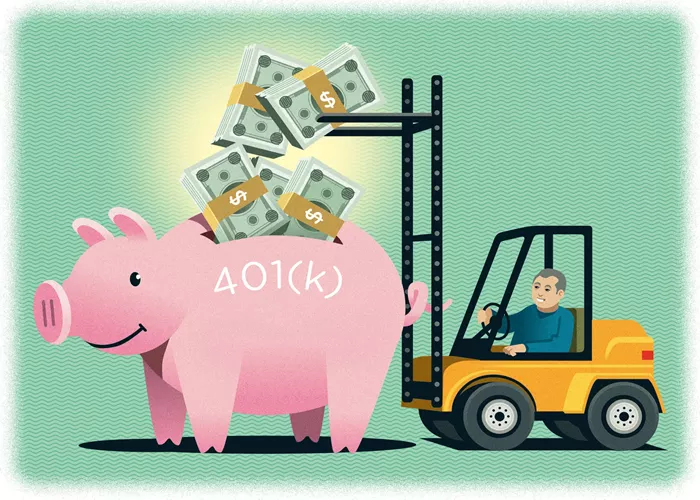Gold has always been a valuable asset. It is used for jewelry, investments, and even as a store of value during uncertain times. Investors often turn to gold when they are worried about inflation, economic downturns, or currency fluctuations. One common trend in the financial markets is that gold prices tend to rise when the U.S. dollar falls. But why does this happen? In this article, we will explore the relationship between gold and the dollar, the factors influencing gold prices, and why a weaker dollar makes gold more expensive.
Understanding the Relationship Between Gold and the U.S. Dollar
Gold and the U.S. dollar have an inverse relationship. This means that when the dollar weakens, gold prices tend to rise, and when the dollar strengthens, gold prices usually decline. There are several reasons behind this pattern, including the role of gold as a safe-haven asset, the impact of inflation, and the effects of global trade.
Gold as a Safe-Haven Asset
Gold has been used as money and a store of value for centuries. People see it as a safe asset during economic uncertainty. When the U.S. dollar weakens, investors lose confidence in paper currency and shift their money into gold. This increased demand raises the price of gold.
The Impact of Inflation
A weaker dollar often leads to higher inflation. When inflation rises, the purchasing power of money decreases. This means that goods and services become more expensive. Since gold holds its value over time, investors buy gold to protect their wealth from the effects of inflation. As more people invest in gold, its price rises.
Gold and Global Trade
Gold is priced in U.S. dollars in international markets. When the value of the dollar falls, it takes more dollars to buy the same amount of gold. As a result, gold becomes more expensive in dollar terms. However, for people in other countries using different currencies, gold becomes cheaper, increasing demand from international buyers.
Factors That Influence the Price of Gold
Apart from the value of the U.S. dollar, several other factors affect gold prices. These include central bank policies, interest rates, geopolitical tensions, and supply and demand dynamics.
Central Bank Policies
Central banks around the world hold gold as part of their reserves. When they increase their gold holdings, demand rises, pushing prices up. Additionally, if a central bank decides to print more money, it can weaken the currency and increase inflation, leading to higher gold prices.
Interest Rates
Gold does not earn interest or dividends. When interest rates are high, investors prefer to put their money in bonds or savings accounts because they offer returns. However, when interest rates are low, gold becomes more attractive as an investment, leading to higher prices.
Geopolitical Tensions
Wars, political instability, and financial crises create uncertainty in global markets. When investors are uncertain about the future, they move their money into safe assets like gold. This increased demand pushes gold prices higher.
Supply and Demand
Gold is a limited resource. The supply of gold depends on mining activities, which can be affected by production costs, government regulations, and natural disasters. When the supply of gold is low and demand is high, prices increase.
How a Weak U.S. Dollar Affects Gold Prices
When the U.S. dollar weakens, several things happen that drive gold prices higher:
More Expensive Imports: A weak dollar makes imported goods more expensive in the U.S. This leads to higher inflation, causing investors to buy gold as a hedge against rising prices.
Increased Demand from Foreign Buyers: Since gold is priced in dollars, a weaker dollar makes gold cheaper for buyers using other currencies. This increased demand from foreign investors drives prices up.
Higher Inflation Expectations: A weaker dollar often signals higher inflation. Investors anticipate that their money will lose value over time, so they invest in gold to protect their wealth.
Lower Confidence in Fiat Currency: If the dollar weakens significantly, investors may lose trust in paper money and shift to gold as a more stable asset.
Historical Examples of Gold Rising When the Dollar Falls
There have been many instances in history where gold prices surged due to a weakening U.S. dollar. Some key examples include:
The 1970s Inflation Crisis
During the 1970s, the U.S. experienced high inflation, and the dollar lost significant value. Investors turned to gold, causing its price to soar from around $35 per ounce in 1971 to over $800 per ounce by 1980.
The 2008 Financial Crisis
During the global financial crisis of 2008, the Federal Reserve lowered interest rates and introduced monetary stimulus, weakening the dollar. Investors rushed to gold, pushing its price from around $800 per ounce in early 2008 to over $1,900 per ounce by 2011.
The COVID-19 Pandemic
In 2020, the U.S. government introduced massive stimulus packages to support the economy, leading to concerns about inflation and a weaker dollar. Gold prices hit record highs, reaching over $2,000 per ounce in August 2020.
Conclusion
Gold prices rise when the U.S. dollar falls due to their inverse relationship. A weaker dollar leads to inflation, lower confidence in paper currency, and increased demand for gold. Other factors such as central bank policies, interest rates, and geopolitical tensions also play a role in gold price movements. Understanding these dynamics can help investors make informed decisions when dealing with gold investments.
Gold remains a valuable asset that provides stability during times of economic uncertainty. Whether for investment or wealth protection, gold continues to be a trusted asset when the dollar weakens.
Related topics:
- What is the Value of 18K Gold?
- Why Does Gold Price Increase During War?
- What is the Best Price Being Paid for Gold Sovereigns?


